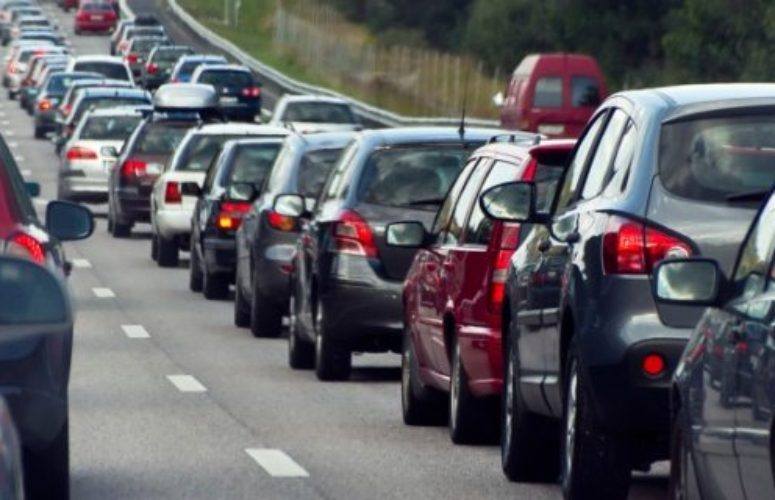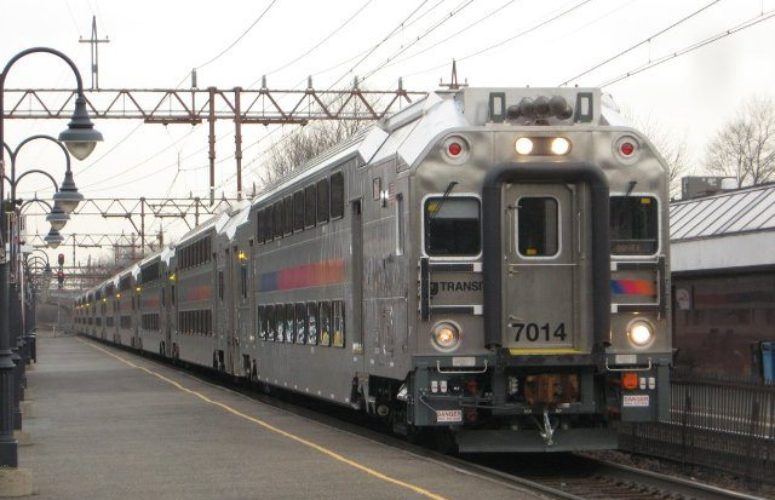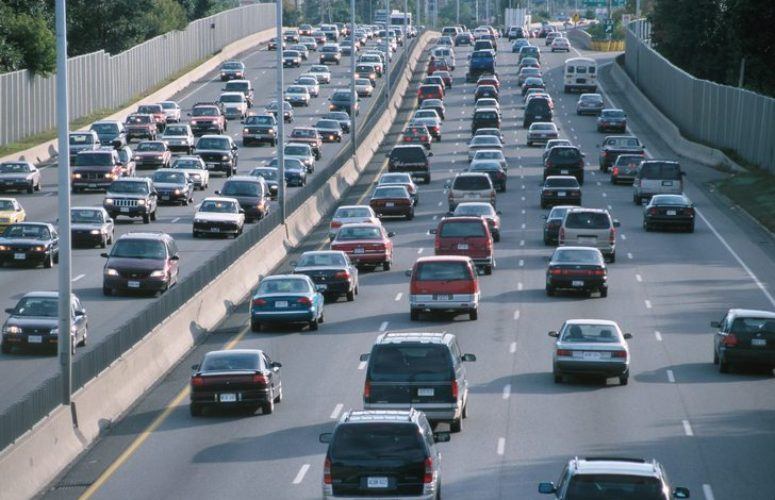
NJ’s Transportation FY 2018 Capital Program Unveiled
By George N. Saliba, Managing Editor On Jun 23, 2017With New Jersey roads and transportation infrastructure in need of crucial repairs, the state recently unveiled its “Transportation Capital Program Fiscal Year 2018,” outlining a robust plan for shoring-up the state’s transportation system, with some $3.669 billion funded by the state Transportation Trust Fund (TTF), federal and third-party resources. The capital program would boost the economy and fuel one of the most complex transportation infrastructure systems in the world, facilitating not only an expanding logistics and distribution sector and protecting the public, but also providing a key strategic advantage for businesses of all types requiring easy access to Manhattan or Philadelphia, for example.
Under the FY 2018 program’s umbrella, a NJDOT $2.302 billion Capital Program “provides $506 million for state and local bridges. Bridge investments range from funding for high-cost bridges to implementation of a variety of rehabilitation programs and local bridge rehabilitations.” Moreover, according to the plan, “the NJDOT program provides $491 million dedicated to road assets, including pavement rehabilitation, reconstruction and resurfacing,” as well as “$103 million for safety improvements” such as the Crash Reduction Program, Intersection Improvement Program, Pedestrian Safety Initiatives, Rail-Highway Grade Crossings, and Safe Routes to School Program. The program also states, “The NJDOT program additionally provides $315 million in funds to address highway congestion through infrastructure improvements, as well as efforts to better manage traffic and respond to incidents and provides $54 million for multimodal investments that support maritime, freight and rail initiatives as well as bicycle and pedestrian improvements.”
A separate component of the program includes NJ Transit’s $1.367-billion capital program, which addresses New Jersey’s mass transit needs with a budget that “allots funds to address NJ Transit’s state-of-good-repair needs, debt service obligations, preventive maintenance and local programs. The program continues to provide funding to support ongoing track replacement, bridge and tunnel inspections and improvements, security improvements, signal system upgrades, overhead power line and electric substation upgrades, replacement of buses in NJ Transit’s fleet, and other rail station and bus terminal improvements throughout New Jersey.”
The “Transportation Capital Program Fiscal Year 2018” Local System Support component totals $701 million, including $651 million in federal and state funded local system support. The program notes, “This amount includes $430 million in State Local Aid: $322.5 million State Aid Program for municipalities and counties; $47.3 million to Local Bridge Future Needs; $30 million for the newly created Local Freight Impact Fund; and $30 million to Local Aid Infrastructure Fund. NJ Transit’s local support totals $50 million. Additionally, funds for programs such as Local Safety, High Risk Rural Roads, Safe Routes to School, and Culvert Inspection are programmed on the local system.”
The monies needed to maintain New Jersey’s transportation infrastructure had been a sore spot, with the state’s 1980s-era Transportation Trust Fund (TTF) not only underfunded, but also often “raided” for decades to meet the state’s wide array of other financial needs. The American Society of Civil Engineers in 2016 gave a “D+ grade” for New Jersey’s infrastructure, noting, for example, “Of the state’s 6,657 bridges, the report found that 1 in 11 are classified as structurally deficient and the average age of New Jersey bridges is 51 years. More than 40 percent of the state’s bridges are expected to require repair or replacement in the near future.”
Against this backdrop, the TTF last year became insolvent following decades of strife, and October 2016 state legislation finally raised the gasoline tax by 23 cents – the first time it had been increased since 1988 – as the TTF was renewed.
Now, Governor Christie has been traveling within the state to highlight specific, planned transportation-related projects, and advocates of the transportation plan are eagerly awaiting its anticipated implementation.
Related Articles:





